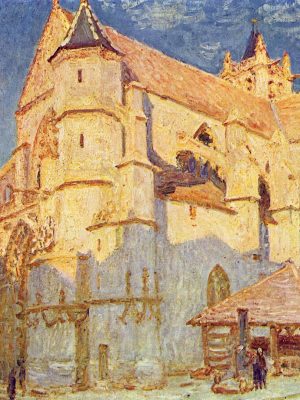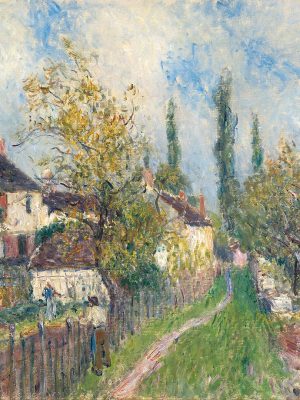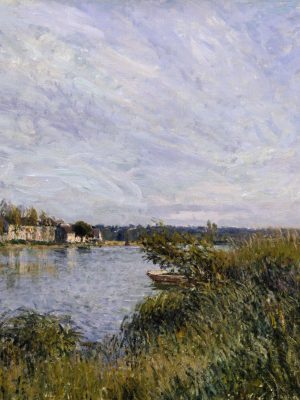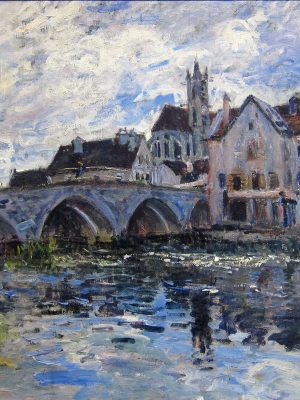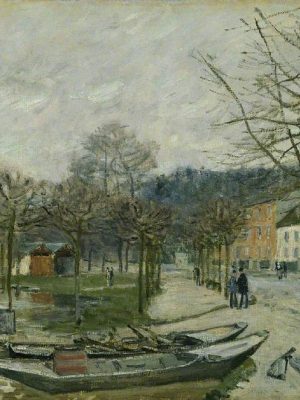Alfred Sisley was an English Impressionist painter who spent most of his life in France. He was born on October 30, 1839, in Paris, and died on January 29, 1899, in Moret-sur-Loing, France.
Sisley’s work was characterized by his ability to capture the essence of the natural world, particularly landscapes and seascapes. He was known for his use of light and color to create atmospheric works that were both tranquil and evocative.
One of Sisley’s most famous works is his painting “The Bridge at Moret,” which depicts a view of a bridge over the river Loing in the town of Moret-sur-Loing. The painting is notable for its use of color and light to create a peaceful and serene mood.
Despite his talent, Sisley struggled to make a living from his art during his lifetime, and his work was often overlooked by collectors and critics. However, today he is recognized as one of the leading Impressionist painters, and his works can be seen in museums and galleries around the world.
Sisley’s legacy continues to inspire artists today, particularly those who are drawn to the beauty of the natural world.


